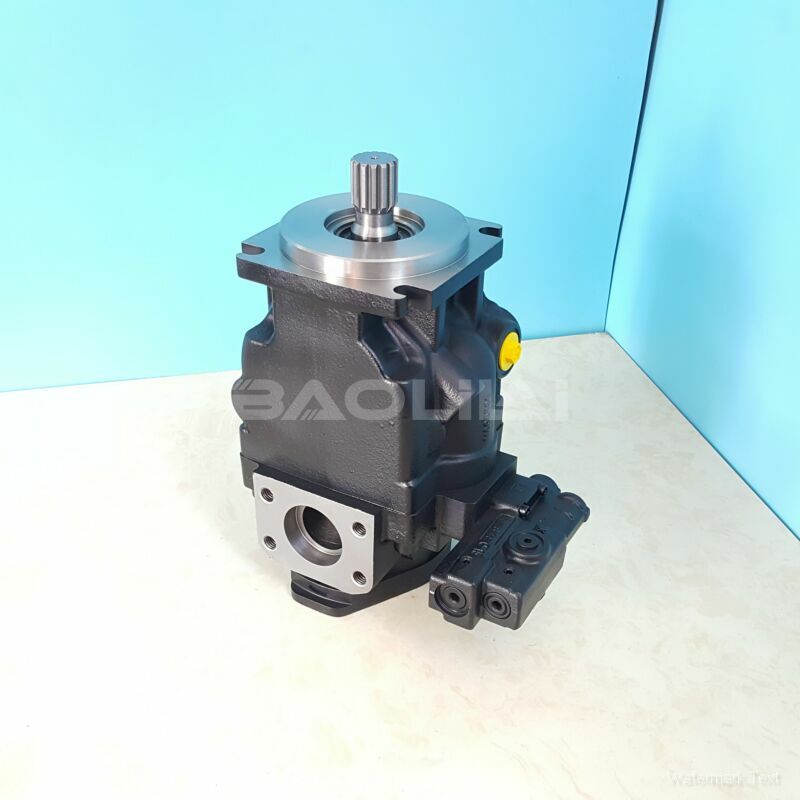JRRS51BLB2114NNN3C2NHA8NNNNJJJNNN hydraulic pump
JRRS51BLB2114NNN3C2NHA8NNNNJJJNNN hydraulic pump

- Product Details
- Applicable Scene
Hydraulic pumps play a critical role in the effective treatment of water and wastewater by facilitating fluid circulation throughout treatment facilities. These pumps are essential for maintaining the flow of water and wastewater, ensuring that contaminants are removed efficiently and that treated water is safely discharged or reused. This article explores the types of hydraulic pumps used in water and wastewater treatment and their importance in the treatment process.
JR-R-S51B-LB-21-14-NN-N-3-C2NH-A8N-NNN-JJJ-NNN
JRRS51BLB2114NNN3C2NHA8NNNNJJJNNN
Hydraulic pumps can be broadly classified into two categories: positive displacement pumps and centrifugal pumps. Each type has distinct characteristics that make it suitable for specific applications within water and wastewater treatment.

83026854
Positive displacement pumps operate by trapping a fixed amount of fluid and forcing it into the discharge pipe. This design allows them to generate a consistent flow rate, making them ideal for applications where precise dosing is required, such as in chemical feed systems for disinfection or pH adjustment. Positive displacement pumps can handle viscous fluids and sludges, making them suitable for transporting thick wastewater.
On the other hand, centrifugal pumps are widely used due to their ability to handle large flows with relatively lower energy consumption. They operate by converting rotational energy from a motor into kinetic energy in the fluid, propelling it through the system. Centrifugal pumps are commonly employed in processes such as primary and secondary treatment stages, where large volumes of wastewater need to be moved quickly and efficiently.





